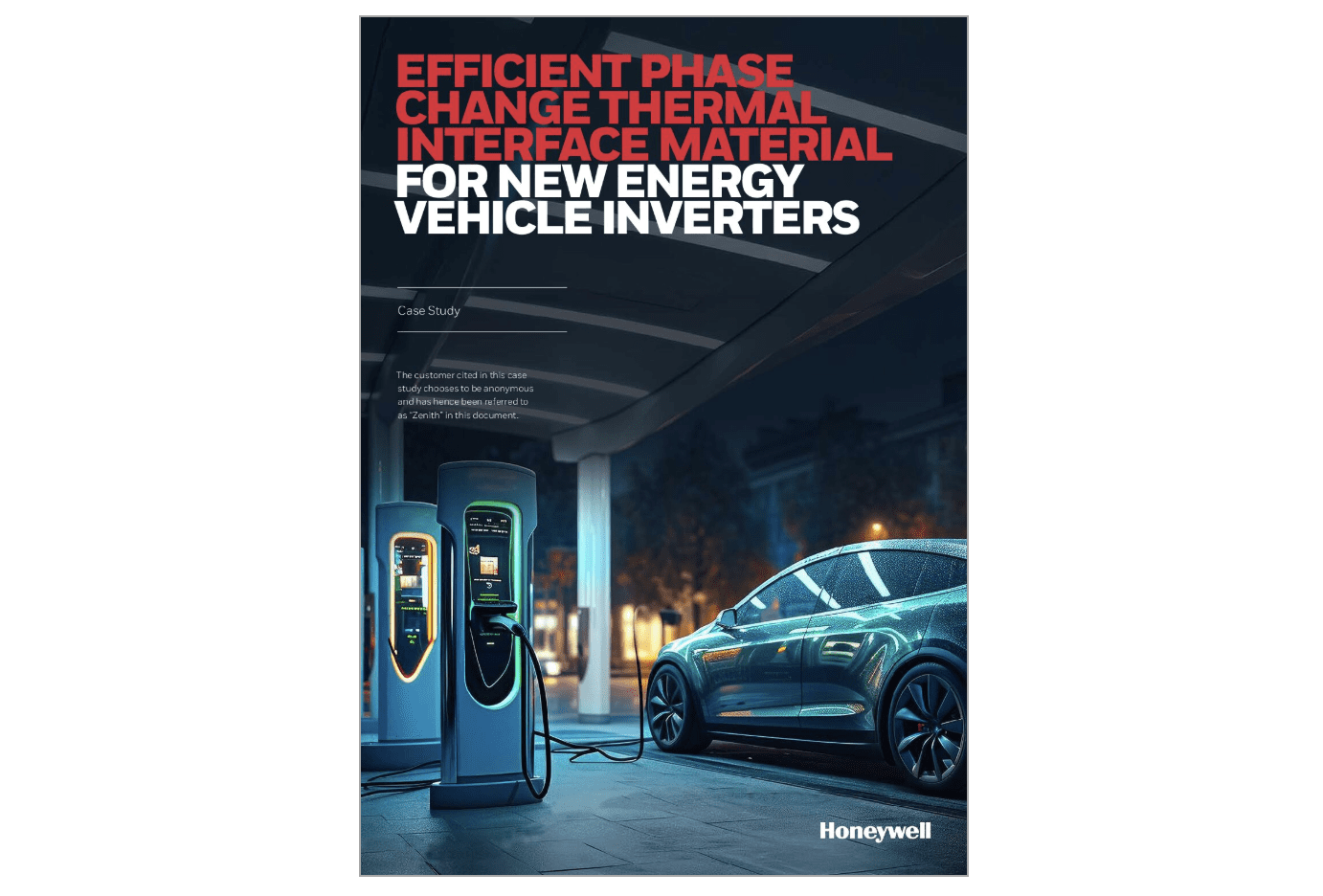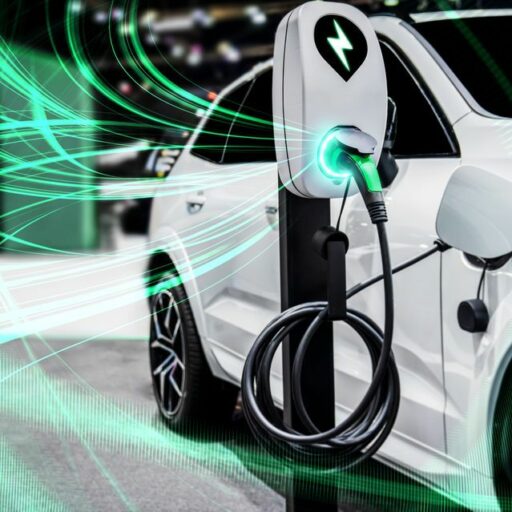The automotive world is rapidly evolving, prominently driven by two transformative forces: the rise of electric vehicles (EVs) and the integration of Advanced Driver Assistance Systems (ADAS). Together, these technologies are redefining the driving experience by making it safer, more convenient, and environmentally sustainable. As EVs increasingly capture the market, ADAS features that once were premium options are fast becoming standard components, heralding a new era of intelligent and responsible mobility.
The Confluence of ADAS and Electric Vehicles
Electric vehicles represent a significant shift from traditional combustion engine vehicles, primarily due to their environmental benefits and advanced propulsion systems. Complementing this shift is the advent of ADAS—technology suites that utilize sensors, cameras, radars, and sophisticated software to assist drivers with safety-critical and convenience-enhancing functions. This convergence not only enhances driving safety but also aligns well with the precise control capacities of electric powertrains, enabling more accurate vehicle dynamic management.
Enhancing Safety through Intelligent Assistance
At the core of ADAS is the commitment to improve road safety by assisting or even intervening in driving processes. Common features include:
-
Collision Avoidance Systems: Using a combination of radar, lidar, and cameras, these systems detect imminent collisions and can automatically apply brakes to prevent or reduce the severity of accidents. Automatic Emergency Braking (AEB), capable of stopping vehicles at speeds up to 62 mph, is becoming a standard ADAS feature in EVs.
-
Blind Spot Detection (BSD): Sensors monitor the vehicle’s blind spots, alerting drivers to nearby vehicles that may not be visible, reducing lane-change-related accidents.
-
Lane Departure Warning (LDW) and Lane-Keeping Assistance: Using cameras to detect road markings, these systems alert drivers or gently adjust steering to prevent unintentional lane drifting.
-
Intelligent Cruise Control (ICC): This evolves traditional cruise control by using sensor data to maintain a safe following distance, adjust speed according to traffic, and reduce driver fatigue during long journeys.
Beyond enhancing individual vehicle safety, these systems collectively contribute to safer road ecosystems by reducing collision risks and enabling more attentive and responsive driving.
Improving Convenience and Driving Experience
ADAS features extend beyond safety to offer significant convenience gains:
-
Automated Parking Assistance: Utilizing ultrasonic sensors and camera feedback, these systems ease the challenge of parking in tight spaces by guiding or automatically steering the vehicle.
-
Adaptive Navigation and Route Optimization: Advanced algorithms factor in battery status, traffic, road incline, and weather conditions to optimize EV route planning, alleviating range anxiety by proactively incorporating charging stops.
-
Hands-Free Driving Capabilities: While fully autonomous driving remains a work in progress, certain ADAS solutions enable temporary hands-free driving in specific conditions, signaling the gradual shift towards autonomy.

The Technological Backbone of ADAS in EVs
ADAS functionality depends on a synergy of cutting-edge technologies:
-
Sensors: LiDAR offers high-resolution 3D environment mapping, radar excels in long-range object detection irrespective of weather, and cameras provide vital visual data for object and lane recognition.
-
Artificial Intelligence and Machine Learning: These analyze sensor data in real time, identifying hazards and predicting vehicle and pedestrian behavior, enabling proactive safety measures.
-
Software and Hardware Innovations: Powerful processors and modular software architectures ensure seamless operation and rapid updates, often delivered over-the-air to enhance system capabilities continuously.
The integration of these technologies in electric vehicles is increasingly sophisticated, offering a comprehensive safety net and an intuitive interface that adapts to evolving road and traffic environments.
Market Trends and Consumer Expectations
The demand for vehicles equipped with advanced safety and driver assistance features is growing swiftly. Market reports project the ADAS segment to expand at an annual rate exceeding 12%, with estimates reaching a $200 billion market by 2030. Consumers today prioritize safety, convenience, and environmental responsibility, compelling manufacturers to equip EV models with ADAS as standard or near-standard offerings.
Brands like Tesla have exemplified how ADAS integration can define market leadership, using features like Autopilot to continuously refine driving assistance via software updates. This practice not only elevates vehicle value but also fosters consumer trust and long-term brand loyalty.
Environmental Implications of ADAS in EVs
ADAS complement the environmental objectives of EVs. By mitigating accident risks, these systems prevent incidents that could result in environmental contamination such as oil spills. Furthermore, intelligent driving aids like adaptive cruise control optimize energy consumption by moderating speed and reducing unnecessary acceleration or braking, thereby extending battery life and reducing overall carbon footprints.
Looking Ahead: The Road to Autonomous and Sustainable Mobility
The trajectory for ADAS in electric vehicles points towards increasing sophistication, driven by advances in artificial intelligence, machine learning, and sensor technology. Upcoming systems are expected to pave the way for fully autonomous vehicles, where human intervention becomes minimal.
Moreover, as regulatory frameworks evolve to incorporate safety standards and ethical considerations for autonomous systems, ADAS-equipped EVs will stand at the forefront of safer, more efficient, and sustainable transportation networks.
Conclusion
Advanced Driver Assistance Systems are no longer optional extras—they are becoming essential standards in electric vehicles, reshaping the landscape of mobility. These technologies enhance safety, reduce driver burden, improve convenience, and bolster the environmental benefits of EVs. Together, they signify a monumental leap toward smarter, cleaner, and more secure roadways, ushering in a future where driving is not only a means of transport but an experience profoundly integrated with technology and sustainability.
Sources:
- Overview of ADAS in Electric Vehicles
- Advanced Driver-Assistance Systems (ADAS) in EV Manufacturing
- How ADAS Technology Enhances Safety in Electric Vehicles
——————————————————
Voltsandvolts.com is a blog dedicated to electric vehicles (EVs). Our blog features articles on EV reviews, stories, tips, tricks, charging infrastructure, and battery technology. Join the conversation and become part of the Voltsandvolts.com community today!






